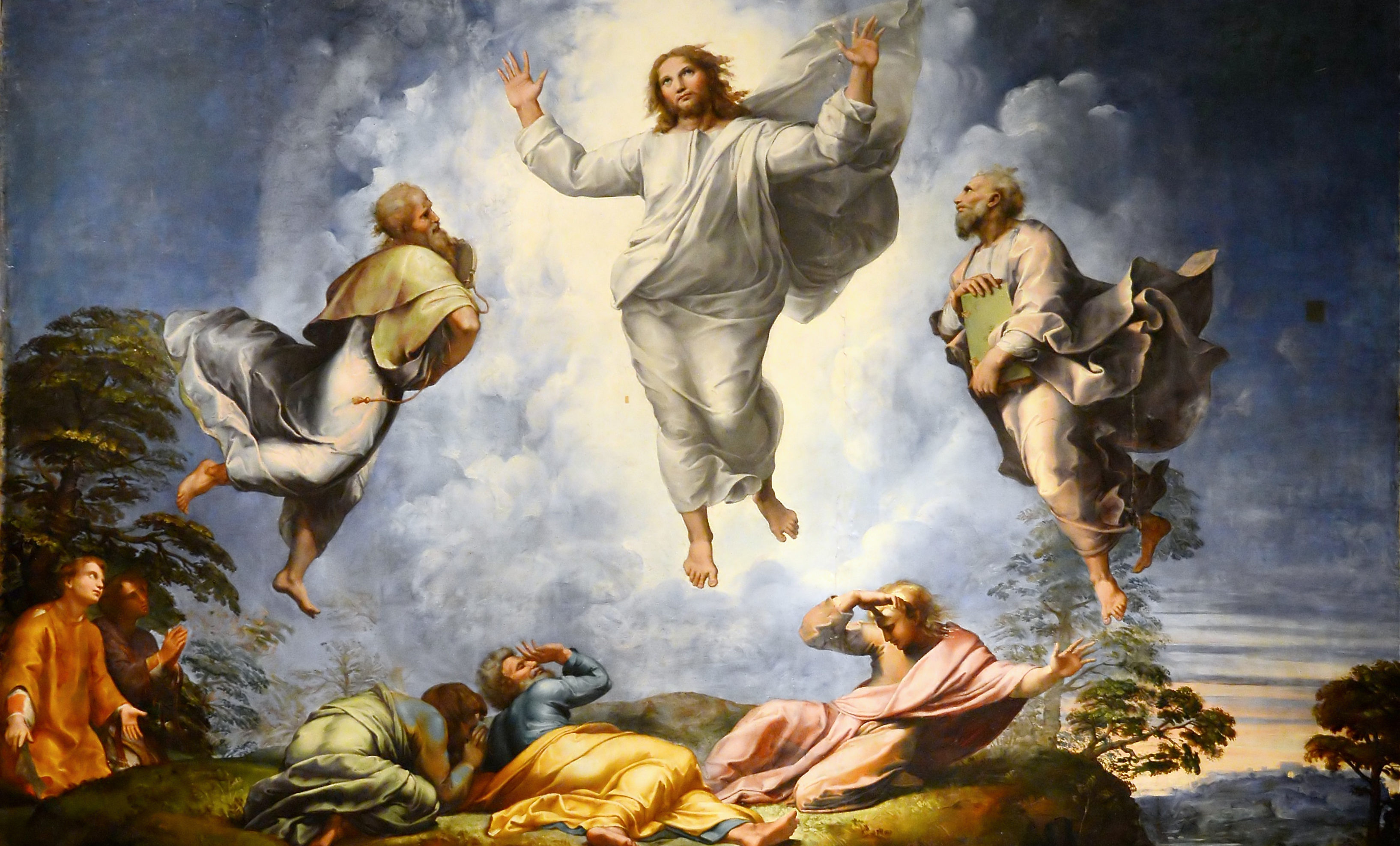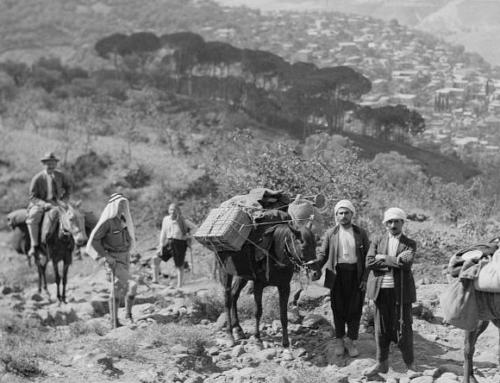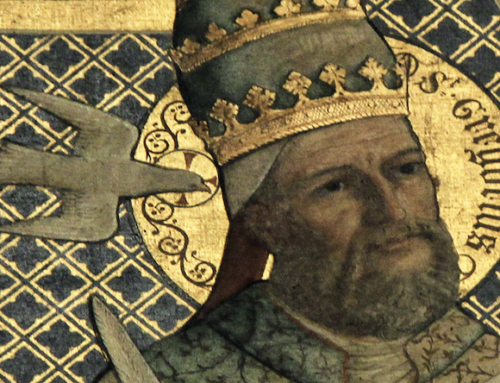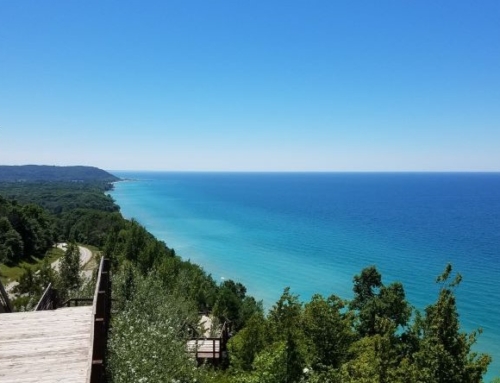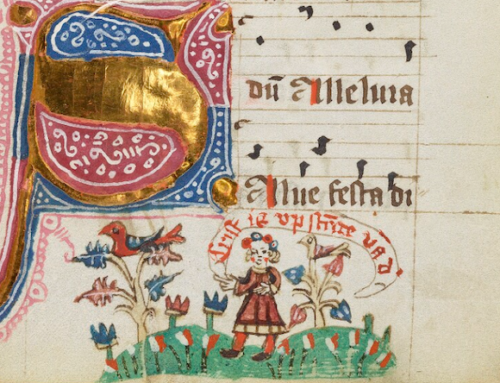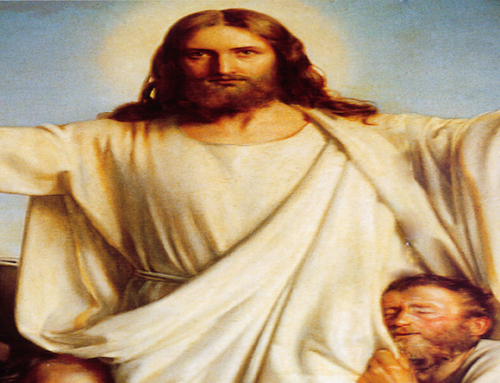Thursday in the Easter Octave lets us look at everything in light of the Resurrection. Illuminated by the mystery of the Risen Lord, the following post offers a series of reflections for the Luminous Mysteries. My hope is that it can a be of assistance in your rosary today. Feel free to read now, or when you have a rosary on hand.
The Baptism of Christ
“Basically, the whole mystery of Christ in the world can be summed up in this term: ‘baptism,’ which in Greek means ‘immersion.’ The Son of God, who from eternity shares the fullness of life with the Father and the Holy Spirit, was ‘immersed’ in our reality as sinners to make us share in his own life.” (Pope Benedict XVI, 13 January 2008 Homily)
These words touch on a profound reality of the Christ’s baptism in the Jordan. Christ was immersed in the Jordan (a Hebrew word meaning to flow down or to descend). The river itself descends and flows down into the Dead Sea, a salty, watery grave. The flowing water is salty as well; it tastes like tears. The Jordan is a stream of tears falling down Judea’s cheek. Christ immersed Himself into our sorrow and death, but He is risen today.
The Wedding Feast at Cana
(Jn 2:1–5)
This mystery calls us to meditate upon the Passion and Resurrection, the wedding-feast of the Lamb, and the Mother of God, our Mother. Christ speaks of His hour to come, the sixth hour when He mounted the wood of the Cross. The feast takes place on the third day, the day of His Resurrection. The marriage itself is the wedding of Christ the Bridegroom to His Church.
Are we in need of natural wine? No, we desire the wine which becomes His body, blood, soul and divinity.
What do we learn from our Mother? She knows our needs, she boldly states them to her Son, and she teaches us. St. John Paul II writes, “The revelation made directly by the Father at the Baptism in the Jordan and echoed by John the Baptist is placed upon Mary’s lips at Cana, and it becomes the great maternal counsel which Mary addresses to the Church of every age: Do whatever he tells you.”
The Proclamation of the Kingdom, with Christ’s Call to Conversion
To paraphrase G.K. Chesterton, the world is turned upside down, and it’s the one who stands on his head that sees it right side up. As the Lord’s proclamation of the Kingdom reaches a zenith with the beatitudes, natural wisdom is left questioning: How can the blessed be the poor, sorrowful, meek, hungry amidst injustice? How can the happy be the merciful, the persecuted, the reviled?
These are the very things the world claims lead to a miserable, wasted life. Yet, Jesus fulfills this proclamation, and the Kingdom is ratified in His death and Resurrection. Those who repent and believe in the Gospel seek a conversion of life which turns to the Lord. Those who stand on their heads see right side up, and they see the Risen Lord bringing about the Kingdom of Heaven through His Cross.
The Transfiguration
(Mk 9:2–9)
The master painter, Raphael, depicts the Transfiguration by juxtaposing the glory of God on Mt. Tabor with the chaos of the possessed boy at the bottom of the mountain. The apostles walk down the mountain with Christ, and they immediately encounter evil and darkness. Tintorreto depicts a similar scene in the Book of Exodus. As God revealed Himself to Moses in glory on the peak of Mt Sinai, the Israelites worshipped a golden calf at the foot of the mountain. Holiness and glory are above; evil and chaos are below. How will this glory come down? How will the light shine on the darkness of this world?
Pope Benedict writes, “The messianic age is first and foremost the age of the Cross…The Transfiguration––the experience of becoming light from and with the Lord––requires us to be burned by the light of the Passion and so transformed.” The glory of Christ comes to us through His death and Resurrection.
“For if we have been united with him in a death like his, we shall certainly be united with him in a resurrection like his.” (Rom 6:5)
The Institution of the Eucharist
We deceive ourselves with our cuisine. The fine meals we’ve come to enjoy and expect are nothing more than staving off death with style. All the spice and seasoning that adorns our food is an attempt to distract us from the reality of food; it’s medicine for starvation.
Bread, especially unleavened bread, drops all pretense. Bread is the humble sustenance of people under affliction (Israel, Elijah, etc.). Satisfaction is short lived; hunger returns whispering, “life is a shadow; death awaits you.” Even more deadly is our thirst.
One week ago, at the Mass of the Lord’s Supper, we heard, “On the day before he was to suffer, for our salvation and the salvation of all, that is today…” All Thursdays, especially Holy Thursday, are the day of the Eucharist. Jesus gives Himself as the bread of life and the blood of the new covenant. This offering is inseparable from His Cross and Resurrection. Jesus Himself, the Word of eternal life, does not palliate starvation; He cures death. Eat and you will live.
✠
Image: Raphael, The Transfiguration (photo by J. A. Gaspar, CC BY-SA 4.0)

